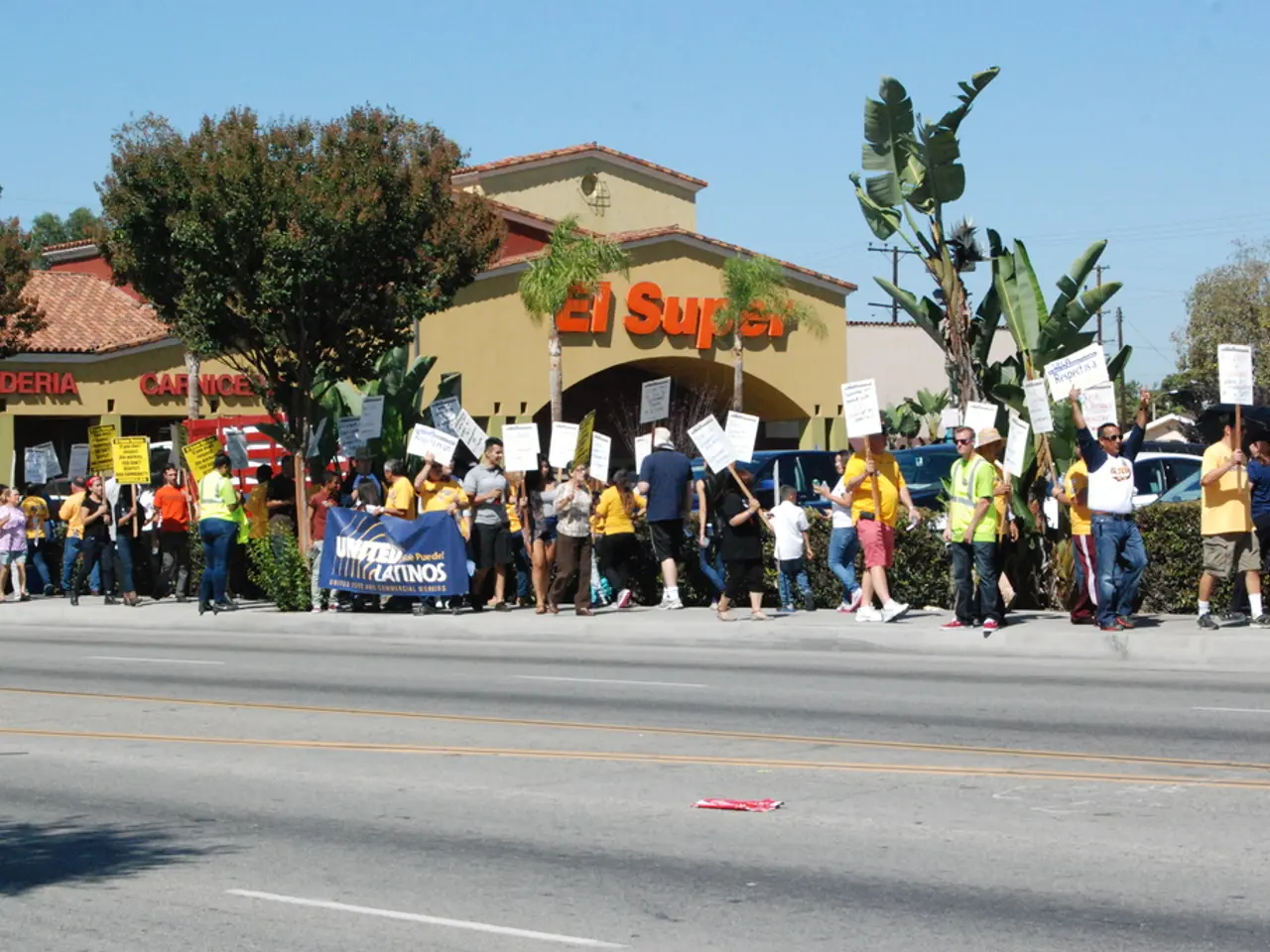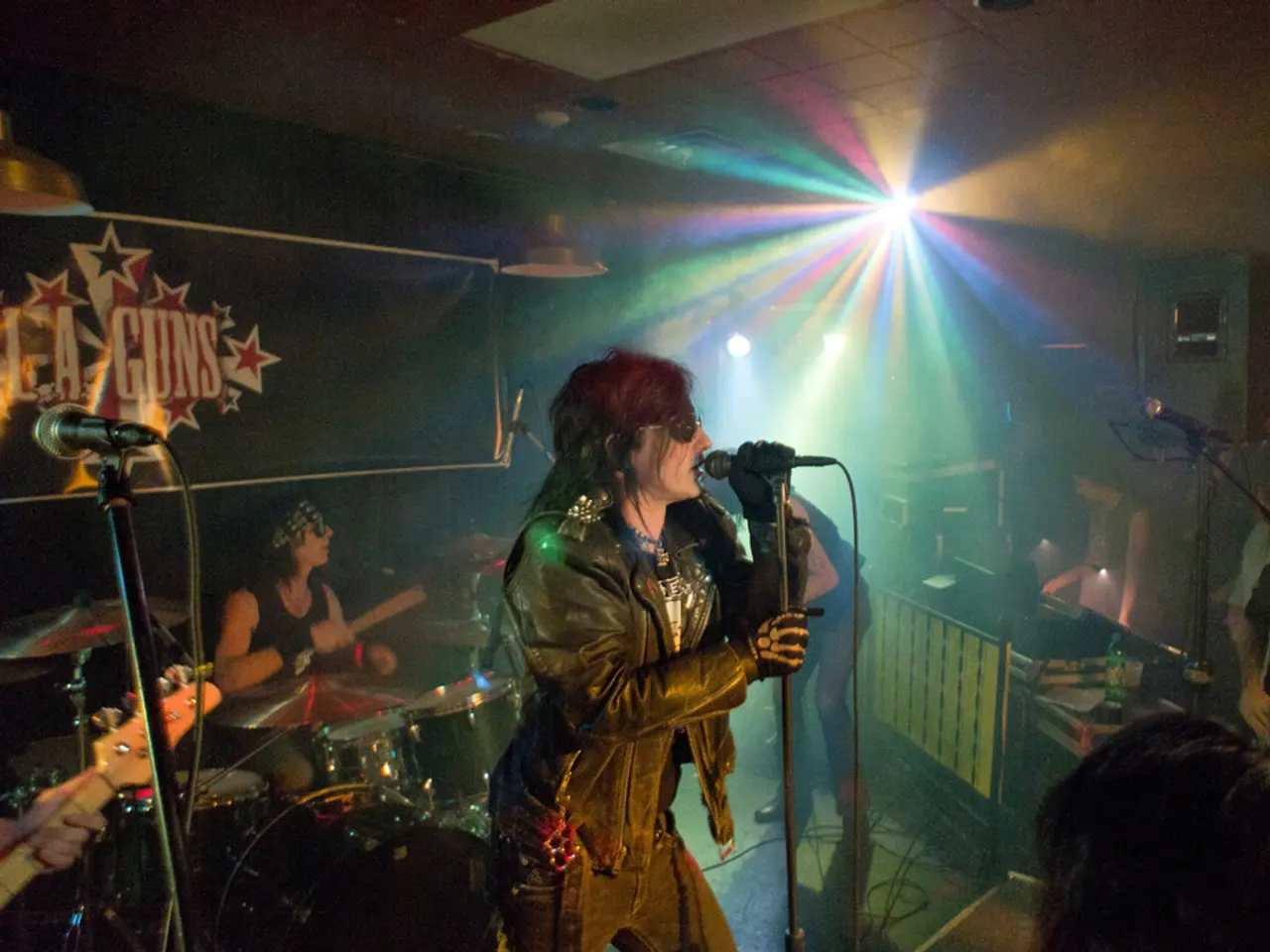German Pupils Exhibit Neo-Nazi Sign at Auschwitz for Instagram Documentation
In a shocking incident that has reignited debate in Germany, a group of high school students from Goerlitz were recently photographed making a neo-Nazi hand gesture at the Auschwitz-Birkenau concentration camp. The students attended the Scultetus School in eastern Germany and were on an educational trip to the memorial site in southern Poland.
The use of the hand gesture, associated with far-right extremism and white supremacist ideology, has been widely condemned as unacceptable and contrary to the values promoted in German schools. Marek Kozlowski, a historian in Krakow, described the act as "beyond comprehension."
The incident came to public attention following an investigation by the Dresden-based anti-fascist group Antifa Elbflorenz. Authorities in Saxony, where the school is located, have reiterated their commitment to fighting racism and extremism, with the Education Authority stating that they will not tolerate such behavior. The Saxon Education Authority confirmed the incident and took disciplinary action, including official reprimands and community service.
This incident is not an isolated one, as students from Bielefeld were recently accused of singing a racist song after visiting the Bergen-Belsen concentration camp memorial. The outrage and spreading of the photo on social media, particularly Instagram, have emphasized the importance of ensuring that young people understand the lessons of history and the importance of respecting the memory of its victims.
The rise of far-right ideology, as represented by the Alternative for Germany (AfD) party, has become significantly widespread among youth in Germany, particularly in eastern regions such as Thuringia, Brandenburg, and Saxony. The AfD enjoys disproportionate popularity on social media platforms, especially TikTok, among first-time voters aged 16-24.
To counteract this rise, the German government and security agencies have taken several measures, including classifying the AfD as a "confirmed right-wing extremist endeavor" and contemplating measures to prohibit AfD members from holding public-sector jobs. However, combating far-right ideology remains complex due to historical legacies and social contexts that sustain its appeal.
More than 1.1 million people, mostly Jews, were murdered at Auschwitz-Birkenau by Nazi Germany during World War II. Today, over two million people visit the site annually, many of them school groups from Germany and around the world. The incident at Auschwitz has underscored the need for effective Holocaust education and the importance of instilling respect for the memory of its victims in young people.
- The shocking incident at Auschwitz-Birkenau, involving high school students making a neo-Nazi hand gesture, has fueled debates about extreme ideologies in German schools and society.
- The rise of the Alternative for Germany (AfD) party, particularly among youth in eastern regions, has emphasized the need for effective Holocaust education and combating far-right ideology.
- In response, German authorities have taken measures such as classifying the AfD as a "confirmed right-wing extremist endeavor," but countering this rise remains challenging due to historical and social contexts.
- This incident highlights the importance of ensuring that young people, including those attending educational trips, understand the lessons of history and the gravity of respecting the memory of its victims.
- The use of AI in analyzing social media trends and detecting extremist content can potentially assist in preventing such incidents and promoting general-news discussions about crime, politics, and space, among other topics.








